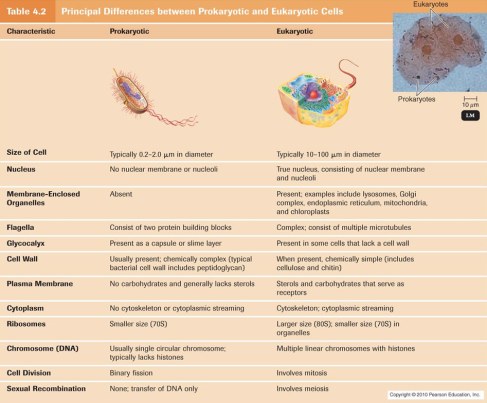A cell may seem simple to define. However, valuable information can be left out in the process, rendering the explanation insufficient and incomplete. It can be defined as “The smallest unit capable of performing life functions.” This definition is too basic. What are these life functions? They include growth, metabolism, response to stimuli and replication. With immense help from Mr.Matthew’s YouTube videos, I was able to understand and correctly describe the structure and function of many organelles such as the cytoskeleton, lysosomes, proteasomes and ribosomes to name a few.
During this revision, I realized that I had forgotten some of the organelles’ functions, specifically the Endoplasmic Reticulum, which happens to be one of my favorite words in the English language. I now recall that the ER is a network of membranous tubules within the cytoplasm of a eukaryotic cell, continuous with the nuclear membrane. It usually has ribosomes attached and is involved in protein and lipid synthesis via the rough endoplasmic reticulum.
Mr. Matthew’s videos and lectures also encouraged me to do further research on sub-topics which I would not have on my own. One such example is with respect to Ribosomes. In prokaryotic cells, ribosomes are 70 s whereas in Eukaryotic cells, ribosomes are 80 s. But what does the “s” stand for? I have never questioned this before my lecture on Wednesday 23rd January, a fault of my own. Nevertheless, the “s” refers to svedberg unit (symbol S, sometimes Sv). Which is a non-SI unit for sedimentation rate. The sedimentation rate is the rate at which particles of a given size and shape travel to the bottom of the tube under centrifugal force.This reflects the rate at which a molecule sediments under the centrifugal force of a centrifuge.The svedberg is technically a measure of time, and is defined as exactly 10−13 seconds (100 fs)
[For some of you who did not heed Mr. Matthew’s gesture to research this]
In this lecture, we were also taught the differences between a Eukaryotic and a Prokaryotic cell, as well as the differences and similarities among a plant and animal cell. I have attached images below to illustrate these.


